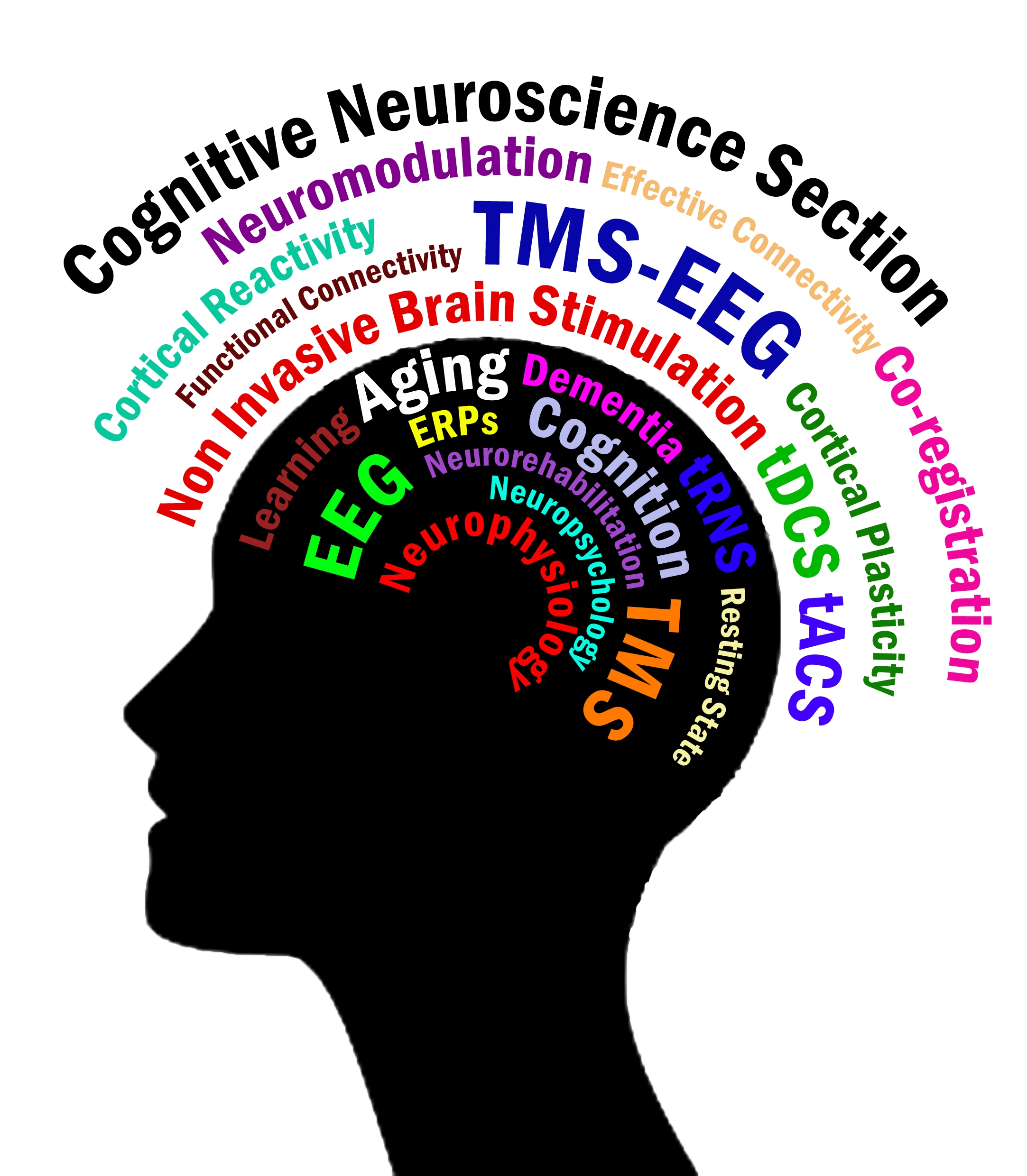The Cognitive Neurosciences Gazzaniga Pdf Merge


• • • • • • • • • • The term cognitive neuroscience was coined by and in year 1976. Cognitive neuroscience is the scientific field that is concerned with the study of the processes and aspects that underlie, with a specific focus on the neural connections in the brain which are involved in. It addresses the questions of how cognitive activities are affected or controlled by neural circuits in the brain.
Cognitive neuroscience is a branch of both and, overlapping with disciplines such as,, and. Cios Dvd Dumper Download Boxca. Cognitive neuroscience relies upon theories in coupled with evidence from, and. Parts of the brain play an important role in this field.
1 Introduction Michael Gazzaniga and George A. Miller coined the name “cognitive neuroscience” in 1976, over martinis at the Rockefeller. Cognitive Neuroscience: The Biology of the Mind (Fourth Edition) by Michael Gazzaniga The most authoritative cognitive neuroscience text is.
Hp-eva Keygen Mercedes. Play the most vital role, since the main point is to establish an understanding of cognition from a neural perspective, along with the different lobes of the. Your Dynamic Net Twain Serial Number Is Invalid here. Due to its multidisciplinary nature, cognitive neuroscientists may have various backgrounds. Other than the associated disciplines just mentioned, cognitive neuroscientists may have backgrounds in,,,,,,,,, and. Methods employed in cognitive neuroscience include experimental procedures from and,,,, and. Studies of patients with cognitive deficits due to brain constitute an important aspect of cognitive neuroscience. The damages in lesioned brains provide a comparable basis with regards to healthy and fully functioning brains. These damages change the neural circuits in the brain and cause it to malfunction during basic cognitive processes, such as.
With the damage, we can compare how the healthy neural circuits are functioning, and possibly draw conclusions about the basis of the affected cognitive processes. Also, cognitive abilities based on brain development are studied and examined under the subfield of. This shows brain development over time, analyzing differences and concocting possible reasons for those differences. Theoretical approaches include and. Timeline showing major developments in science that led to the emergence of the field cognitive neuroscience.
Cognitive neuroscience is an interdisciplinary area of study that has emerged from many other fields, perhaps most significantly,, and. There were several stages in these disciplines that changed the way researchers approached their investigations and that led to the field becoming fully established. Although the task of cognitive neuroscience is to describe how the brain creates the mind, historically it has progressed by investigating how a certain area of the brain supports a given mental faculty. However, early efforts to subdivide the brain proved to be problematic. The phrenologist movement failed to supply a scientific basis for its theories and has since been rejected.
The aggregate field view, meaning that all areas of the brain participated in all behavior, was also rejected as a result of brain mapping, which began with and ’s experiments and eventually developed through methods such as (PET) and (fMRI).,, and the were major turning points in the creation of cognitive neuroscience as a field, bringing together ideas and techniques that enabled researchers to make more links between behavior and its neural substrates. Origins in philosophy [ ] Philosophers have always been interested in the mind: 'the idea that explaining a phenomenon involves understanding the mechanism responsible for it has deep roots in the History of Philosophy from atomic theories in 5th century B.C. To its rebirth in the 17th and 18th century in the works of Galileo, Descartes, and Boyle. Among others, it’s Descartes’ idea that machines humans build could work as models of scientific explanation.' For example, thought the brain was the body’s cooling system and the capacity for intelligence was located in the heart.